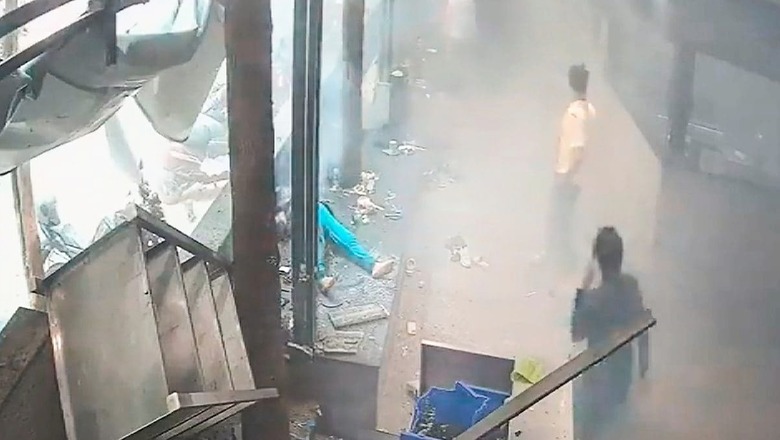
views
Bengaluru cafe blast accused Mussavir Hussain Shazib and Abdul Matheen Taahaa who were arrested in West Bengal’s Purba Medinipur district on April 12 were absconding since 2020 when Islamic State’s Al Hind module came on the radar of Indian agencies and was later busted with 18 people apprehended in Karnataka, Kerala, and Tamil Nadu, top intelligence sources told CNN-News18 on Saturday.
The main person was Tamil Nadu’s Khwaja Moiuddin who was linked to Karnataka’s Mehboob Pasha and Shazib and Taahaa were his associates, they said.
Moiuddin and his young associates Samat and Nasir wanted to go to Afghanistan and Pakistan for Hijrat (migration). They left but were arrested in Nepal.
These were small players in Al Hind but became big after going on the run, said the sources.
Earlier, a Kanyakumari police inspector was killed by youngsters from Moiuddin’s group and they were also given refuge by Shazib and Taahaa.
After absconding, Shazib and Taahaa got into touch with Pakistan-based Lashkar-e-Taiba handlers who wanted to carry out blasts in other parts of India, said intelligence officials.
The operatives were surviving on the money provided by Lashkar mostly through the cryptocurrency route and they were living away from home for about four years, added the sources.
The blast in Bengaluru’s popular Rameshwaram Cafe on March 1 that injured nine people was carried out after the 2022 Mangaluru autorickshaw blast with the involvement of these operatives, they said.
They were also linked to a pro-terror graffiti case in Mangaluru in November 2020, said the sources.
In that case, Mohammed Shariq and Maaz Muneer Ahmed were directly involved and they were from Thirthahalli town in Karnataka’s Shivamogga district.
After Shariq’s module was busted, eight people were arrested. The other operatives including the planner then decided to enter the field because they were also experts in making improvised explosive devices (IEDs), said sources.
They added that material related to IEDs was also recovered from them, which shows they were planning to stir up trouble in other parts of the country.
During investigations it was found that they were using multiple fake accounts and money was coming through cryptocurrency.
They didn’t want their handlers to ever disown them because their motive was against the establishment and due to regular intervention by security agencies it was difficult for them to survive, said sources. So, they added, to please their handlers they wanted to show regular work.

















Comments
0 comment